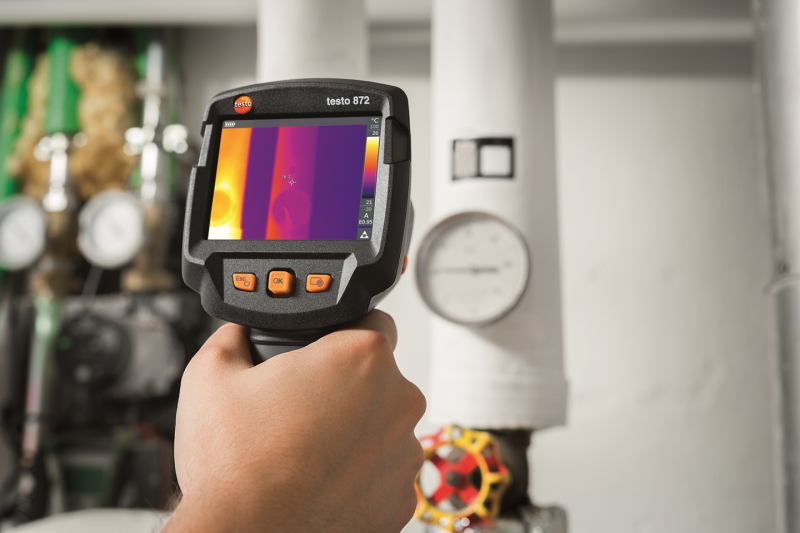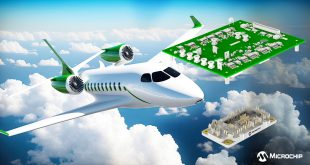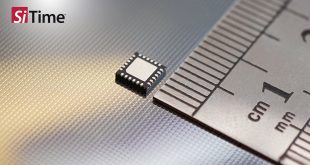RS Components (RS), the trading brand of Electrocomponents plc, the global distributor for engineers, has launched a new range of thermal imaging cameras from testo. Offering best-in-class image quality for thermal image cameras in their price range, the new devices have benefited from a drive to improve both accuracy and user friendliness.
 Each testo thermal imaging camera is ergonomically designed and engineered with comfort, practicality and ease of use in mind. Developed for optimum flexibility and with a wide set of useful and innovative features, the multi-application cameras are ideal for facilities managers, maintenance engineers, and electrical installation engineers.
Each testo thermal imaging camera is ergonomically designed and engineered with comfort, practicality and ease of use in mind. Developed for optimum flexibility and with a wide set of useful and innovative features, the multi-application cameras are ideal for facilities managers, maintenance engineers, and electrical installation engineers.
The four new models in the range (testo 865, 868, 871 and 872) offer a range of on-device resolutions (up to 320 x 240 pixels on the 872); however, with the testo SuperResolution technology included as standard, this can be increased up to 640 x 480 pixels. As a result, testo prides itself that no comparable thermal imager can offer better image quality.
In addition to the testo 865 entry model, all new testo thermal imagers can be connected to the testo Thermography App, which is available for both iOS and Android. As well as using the smartphone’s screen as a second display, this connectivity also allows the phone to be used as a remote control for the thermal imager; giving users the ability to create compact on-site reports, save them online and then send them by e-mail.
Furthermore, the testo 871 and testo 872 models can be connected wirelessly via Bluetooth with the testo 605i thermohygrometer Smart Probe. This feature allows collecting of ambient values (rH%, °C) and the surface temperature all in one device. Thus operators can quickly and easily locate moisture spots in buildings and analyse the risk of mould or mildew.
In addition, the testo 770-3 clamp meter can be connected to the testo 871 and testo 872 models. This allows fast and professional maintenance of electrical installations (e.g. switching cabinets), collecting the measurement values from the clamp meter and the temperature values together in the thermal imager. All values can easily be documented and directly reported with the testo App or the testo IR Soft Software, included as standard.
The newly developed testo ScaleAssist function solves the problem of the temperature scale and colouring of thermal images being unique to a particular viewpoint or setting, which could lead to incorrect interpretations. By adjusting the colour distribution of the scale to the interior and exterior temperature of the measurement object – and the difference between them – the testo ScaleAssist function ensures objectively comparable and error-free thermal images of the thermal insulation behaviour of a building.
Users can automatically or manually set emissivity thanks to the testo e-Assist functionality. Emissivity and reflected temperature are both indispensable for precise thermal images, but can be time-consuming to set up and, with regard to reflected temperature, less than accurate. The testo e-Assist exploits a special sticker (e-marker) that can be attached to the object being measured. Via their integrated digital camera, the testo 868, 871 and 872 thermal imagers recognise the sticker, determine the emissivity and reflected temperature and set both values automatically.
testo products can be used across a variety of industries, primarily in electrical and mechanical analysis, as well as facility maintenance (http://uk.rs-online.com/web/generalDisplay.html?id=i/machine-and-plant-safety). They are also featured heavily in the test and measurement section within the DesignSpark segment of the RS website, where visitors can read up on the latest products, news and discussions relating to their own areas of expertise.
 CIE Components in Electronics
CIE Components in Electronics



